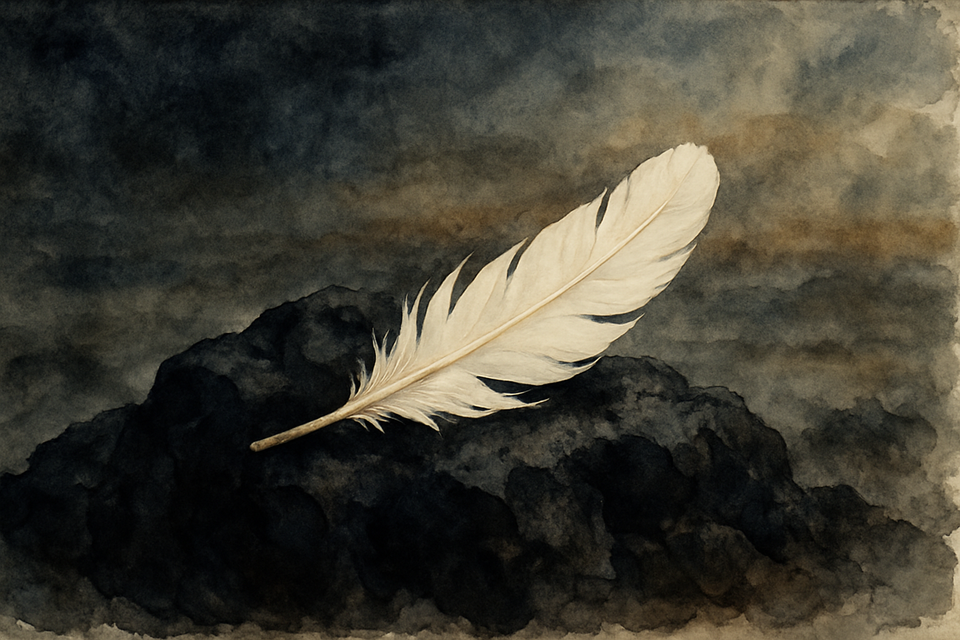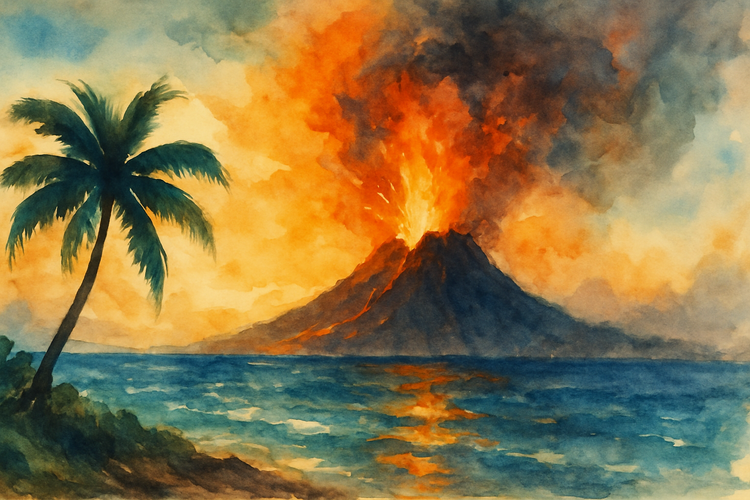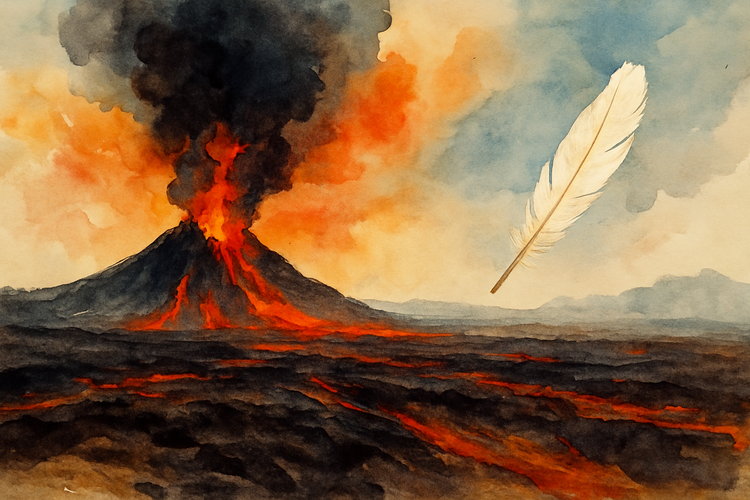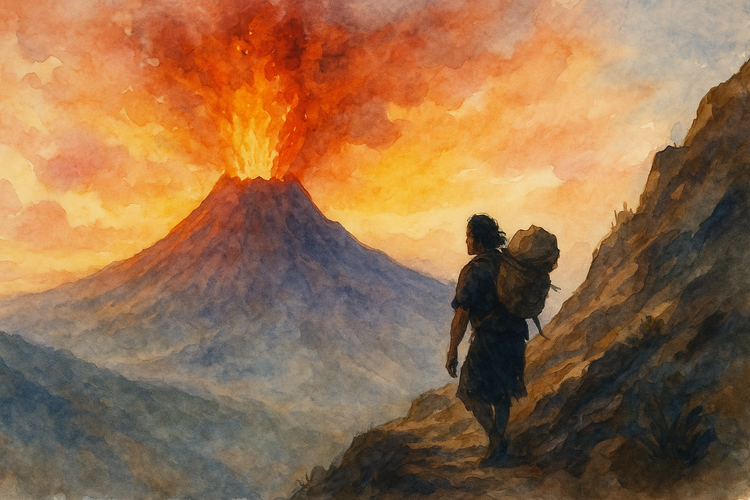Chief of War: History vs. Fiction

Note: What follows reflects the show as viewed alongside broad historical record. It is not a comprehensive account, nor is it intended to be a full analysis of accuracy, and readers interested in Hawaiian history should seek out dedicated sources and scholarship. Instead this is a simple FAQ for some of the major historical points contained within Chief of War.
From the first vision on the shore to the final clash on the lava fields, Chief of War blends fragments of history with dramatized invention. Some beats come close to the record, others bend it toward television rhythm. What matters is not catching errors but seeing how story and history entwine.
Did Ka'iana really travel to Alaska and the East Indies?
In City of Flowers, Part I (S1E3), Ka'iana is shown hunting caribou in Alaska and later drifting through the East Indies. The imagery dramatizes his exile as distance — snow and haze as metaphors for how far he has wandered.
History records something narrower but no less striking. Ka'iana voyaged abroad in the late 1780s, reaching China. When he returned, he carried the prestige of foreign goods but also the suspicion that he had been changed by what he had seen.
The series stretches this into spectacle. Alaska and the East Indies are less about literal fact than about symbol — stand-ins for empire’s reach, sharpening what history already suggests: Ka'iana came home marked by distance, admired and distrusted in equal measure.
Did Kamehameha really proclaim the Law of the Splintered Paddle?
Yes, the law is real, remembered for protecting the vulnerable (The Splintered Paddle, S1E6). The show places it earlier than history suggests, setting it against a world fraying with rebellion and foreign intrusion.
Its story lingers: while chasing villagers along the Puna coast, Kamehameha’s leg was caught in a reef. A fisherman defending himself struck him with a paddle that splintered across his body. Rather than punish him, Kamehameha declared that the weak — the elderly, women, children, travelers — must be safe along the roadside.
By staging the law here, the series sharpens the contrast between chaos and order. Around him, chiefs are burning symbols of the past and foreigners are arriving with weapons stripped of faith. Against that backdrop, peace as law feels radical — fragile, but luminous.
Did foreigners really massacre Hawaiians as shown in Day of Spilled Brains?
In Day of Spilled Brains (S1E7), foreign sailors unleash their cannons on a Hawaiian village. Fire consumes homes, prophecy convulses on the shoreline, and Kamehameha’s law of peace collapses beneath the weight of intrusion.
This horror recalls the 1790 Olowalu Massacre, when foreign traders fired on Hawaiian canoes, killing scores. By echoing that atrocity, the series grounds its spectacle in memory: foreign arrival as cannon fire as much as exchange.
The massacre is relocated, set directly against Kamehameha’s fragile law. It isn’t about strict timing; it’s about resonance. The show makes plain what history already teaches — that the world did not arrive gently, and intrusion often began with betrayal.
Was Ka'ahumanu really this politically influential so early?
In the series, Ka'ahumanu counsels Kamehameha and defies her father. Historically, her greatest power came later, as regent after Kamehameha’s death.
By pulling her influence forward, the show ensures her agency is visible from the start. It reframes her as a guiding presence rather than a late arrival.
Did Hawaiians encounter Westerners this early?
Foreign sails appear by the second episode (Changing Tides, S1E2). Cook’s 1778 arrival and John Young’s 1790 stranding frame the true history.
The show compresses these contacts, folding intrusion into prophecy from the outset. It heightens the sense that destiny and empire arrive together, inseparable from the first.
Did Kahekili really build temples of bones and descend into madness?
Kahekili is shown forcing temples built from bones (City of Flowers, Part I, S1E3) and later unraveling into visions and delirium (The Sacred Niu Grove, S1E8).
He was feared and ruthless, but the show turns cruelty into theater, heightening him into a tragic mad king. It is exaggeration in service of tone.
Was prophecy really this central to Hawaiian politics?
From Ka'iana’s summons (The Chief of War, S1E1) to feathers falling before the war god (The Black Desert, S1E9), prophecy drives the series.
Omens and priestly counsel shaped Hawaiian politics, but the show amplifies this into constant presence. Prophecy becomes less an influence than a character, a way to dramatize uncertainty as spectacle.
Did battles look like what we see in The Black Desert?
The finale (The Black Desert, S1E9) shows armies clashing on cooled lava, muskets roaring, and the earth itself splitting open.
Battles on lava fields and muskets were real; the land swallowing armies was not. Here the show tips from tragedy into pulp.
Conclusion — Between Record and Reimagining
What Chief of War offers is not a textbook but a translation. Ka'iana’s voyage becomes snowfields and haze; Kamehameha’s law arrives early; Ka'ahumanu’s regency is foreshadowed decades ahead. Prophecy is magnified, battles are inflated.
At its best, the show captures the spirit of the past — a kingdom rising through prophecy, choice, and encounter. At its weakest, it mistakes spectacle for meaning. Either way, it reminds us that history is never just a list of facts. It is story, shaped each time it is told.



Comments ()